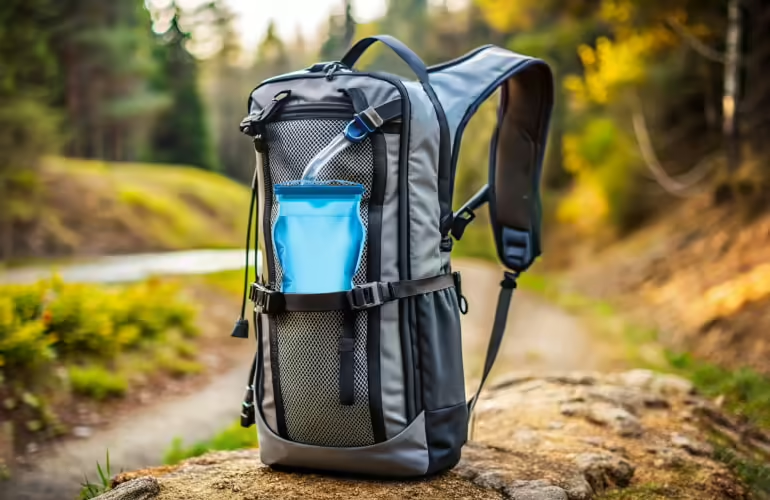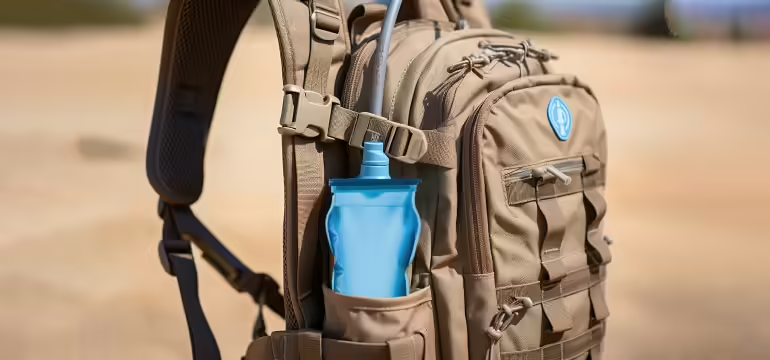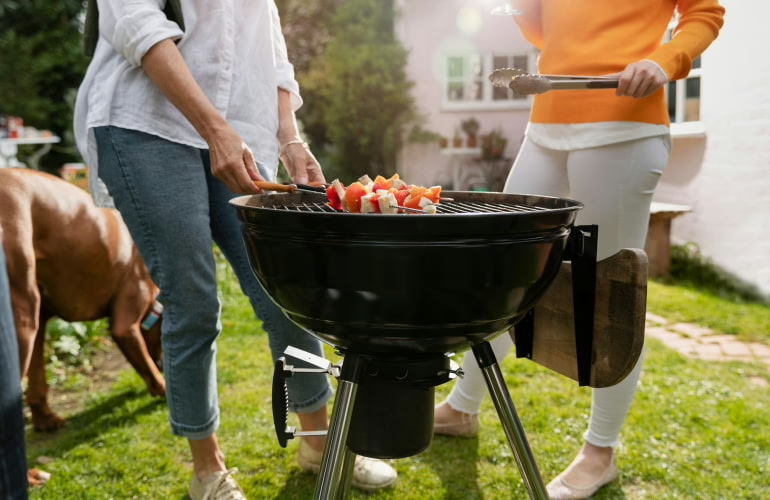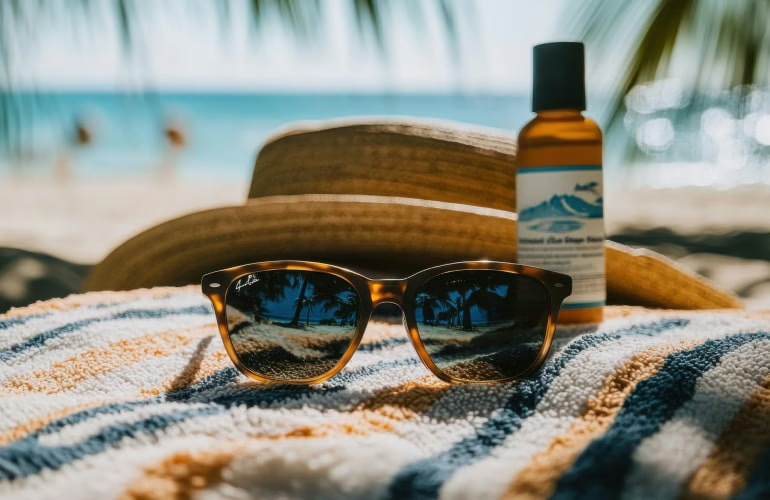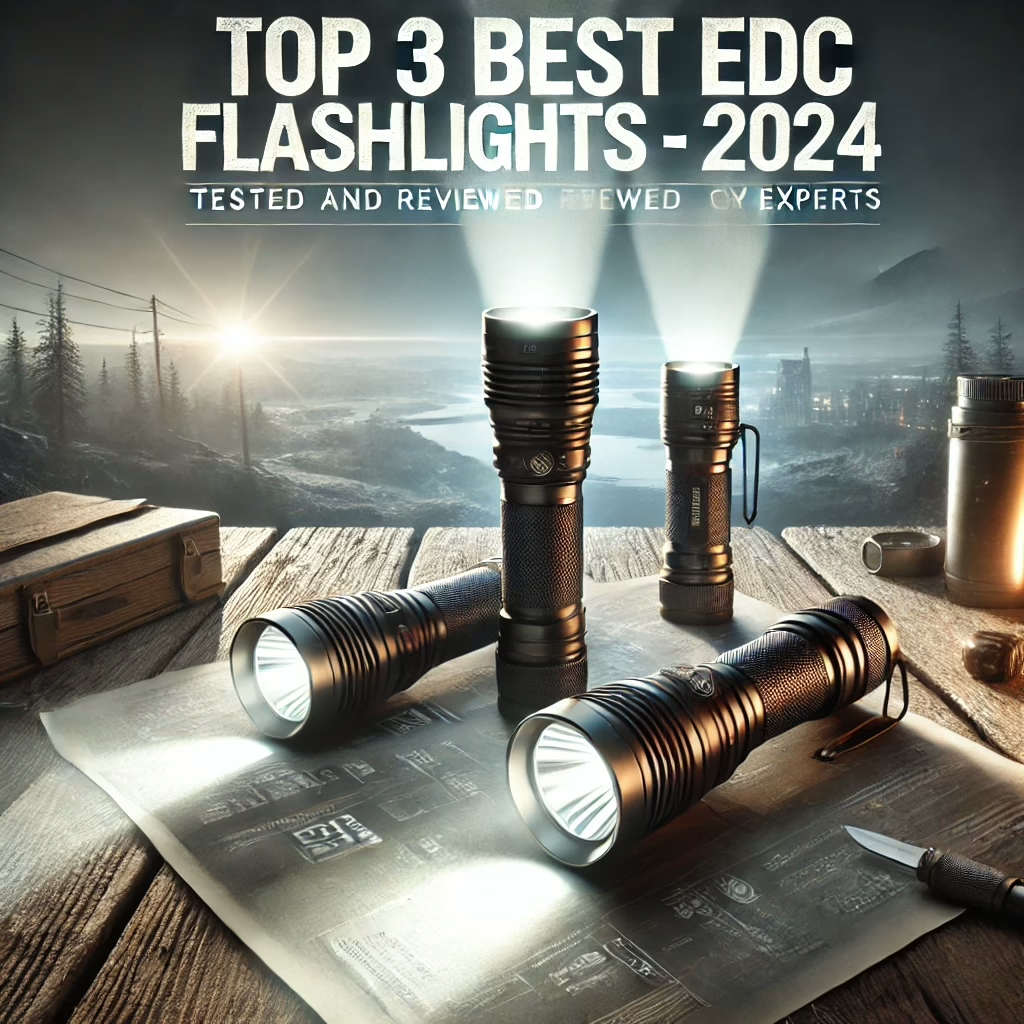Advertising Disclosure
The Ultimate Guide to Hydration Packs: Choosing the Best Water Backpack for Your Adventures
A hydration pack is a must-have equipment. It’s a portable solution for staying hydrated during outdoor activities and physical exercise. These packs are worn like a backpack. They contain a water reservoir, typically called a “bladder.” This connects to a tube, allowing hands-free drinking while moving. Its design makes backpacks ideal for runners, hikers, cyclists, and athletes. They need to stay hydrated without having to stop or fumble with bottles.
A hydration pack ensures easy access to water for outdoor enthusiasts. It is used during long hikes, trail runs, or bike rides, making it an essential tool for maintaining energy levels and endurance. For athletes, staying hydrated prevents fatigue and avoids dehydration. This can impair physical and mental function. Proper hydration also aids in regulating body temperature. This replenishes lost fluids during exertion. We will explore the benefits of such packs.
Types of Hydration Packs: Finding the Right Fit
Staying hydrated during outdoor activities is important. Choosing a suitable pack is crucial for comfort. These packs come in various designs and sizes. They cater to different needs and preferences. What are the main types of hydration packs:
- Hydration Packs for Running: These are lightweight and compact. They are generally designed for runners needing a minimalistic water-carrying option. These packs often feature a smaller reservoir. This is typically around 1.5-2 liters. They have a streamlined design. It reduces bounce while running.
- Daypacks with Hydration Reservoir: They are perfect for day hikes. These larger hydration backpacks have a unique reservoir. This usually contains 2-3 liters. They often include additional storage space for snacks, maps, and personal items. Such packs offer a balance between hydration and carrying capacity.
- Packs for Hiking and Backpacking: Larger items intended for longer trips. These include significant storage capacity and a more extensive hydration reservoir. It may contain 3 liters or more. Hiking backpacks are ideal for multi-day hikes or extended outdoor adventures. There, carrying water and gear is essential.
Choosing the suitable pack depends on your activity, duration, and comfort preferences. Prioritize fit, capacity, and ease of use, this ensures a better experience.
Daypacks vs. Hydration Backpacks
Let’s look at the main differences between daypacks and hydration packs for you. We focus on storage capacity and hydration features. Here are key points:
- Design Purpose: Daypacks are versatile, general-purpose packs for various outdoor activities including hiking, day trips, and commuting. Water hydration backpacks prioritize hydration. They are often used for endurance running, cycling, or mountain biking.
- Storage Capacity: Daypacks typically range from 15 to 30 liters in volume. They offer enough space for extra layers, snacks, and essential gear. Many have multiple compartments for organization. Hydration backpacks have a smaller capacity, often 5 to 15 liters. They also contain minimal storage room beyond the hydration reservoir. The design prioritizes carrying water without extra weight.
- Hydration Features: Daypacks may come with a sleeve for a hydration bladder. Such packs are usually an add-on rather than an integral feature. Most daypacks focus on carrying items rather than water accessibility. Hydration backpacks generally have a built-in reservoir (typically 1-3 liters). It also must have a drinking tube. This allows hands-free access to water on the move.
- Additional Options: Daypacks generally have padded shoulder straps and hip belts. They also contain extra pockets for organization. Top hydration packs are more adjustable and versatile for carrying diverse loads. They are lightweight with minimal padding.
A hydration pack is ideal if hydration is your top priority. It also suits you if you need quick access to water without stopping. A daypack offers better versatility for carrying more items. It also provides flexibility on a day hike or general outdoor use.
Features to Consider in Hydration Packs
Consider some important features. They are core reservoir size, hose length, and bite valve type features. Let’s explore some essential points of water hydration backpacks:
- Reservoir Size: This size depends on hydration needs. Standard sizes are 1-1.5 liters for shorter activities or light hydration needs. Select 2 liters for moderate activities (1-2 hours). For more extended, strenuous activities where ample hydration is necessary, choose 3 liters. Choose a bladder size based on activity length, intensity, and climate.
- Hose Length: This aspect affects accessibility and comfort. Standard hoses work well for most users. Some prefer a longer or shorter length based on body size or personal preference. Adjustable hoses or clips on the shoulder straps help secure the hose. They keep it in an easy-to-reach position. This also prevents it from moving around during activity.
- Bite Valve Design: The bite valve is the mechanism that lets water flow without leaking. Key options are push-pull valves. They require pulling to open. Twist valves twist to open and close. Self-sealing bite valves only release water when bitten. They minimize leaks and spills. Look for valves with dust covers if using the pack in dusty environments.
- Insulation: Insulated hydration packs for water keep it cool for longer. This is particularly beneficial in hot climates. Insulated bladder and tube sleeves are available in some models. They maintain the temperature of the water and prevent freezing in colder conditions.
How to Choose the Best Hydration Pack for Your Needs
Choosing the best hydration pack depends on matching it to your needs. These include activities, hydration needs, and storage preferences. What are the best hydration packs? Here are key considerations:
- Activity Type: A hydration pack with a 2-3 liter reservoir and essential storage space. They are snacks, maps, and gear that is ideal for hiking. Hiking packs prioritize comfort with padded straps and ventilated back panels. For biking, opt for streamlined, compact models. They often contain 1-2 liters to minimize bulk and allow agility. Look for water backpacks that fit snugly, with chest and waist straps. They secure them during high movement. Choose an ultra-lightweight hydration pack or vest with a 1-1.5 liter reservoir for running.
- Assessing Hydration Needs: Estimate them based on activity intensity, duration, and climate. Hot or high-altitude conditions require larger reservoirs (2-3 liters). Shorter, moderate activities only need 1-1.5 liters.
- Pack Capacity: Beyond water, consider your need for extra storage. A small hydration backpack works well if you carry only essentials like keys and a phone. However, look for packs with many compartments for long days out. This is ideally 5-15 liters of total capacity.
- Additional Features: Insulated tubes, quick-release hoses, or self-sealing bite valves are crucial. They enhance convenience and functionality. Dust covers for bite valves are also helpful in dusty or off-road environments.
Are you wondering about the best hydration packets for intense sports? Understanding your specific needs will help you to make the right choice.
Popular Brands and Their Offerings
Choosing a reliable hydration pack is essential for outdoor enthusiasts and athletes. Reputable brands are CamelBak and Osprey, they are well-established. Here’s an overview of some of the best offerings from these brands:
- CamelBak: Mule is a top mountain biking and hiking choice. It offers 3 liters of water capacity with additional storage for tools and snacks. CamelBak Rogue is a compact, lightweight option perfect for shorter adventures. It holds 2.5 liters of water in a streamlined design. CamelBak Classic is ideal for minimalists. This model provides 2 liters of water capacity. It makes such a model suitable for quick trips and runs. How much water does a CamelBak hold? Models vary from 1.5 to 3 liters depending on activity needs. The larger CamelBak Mule holds the maximum amount.
- Osprey: Raptor 14 has an excellent fit and organization. It includes a 2.5-liter reservoir and extra storage space. Osprey Skarab 18 has a larger carrying capacity. This pack consists of a 2.5-liter reservoir and extra space for gear, perfect for longer hikes. Osprey Katari is a lightweight and compact pack. It features a 1.5-liter reservoir and minimal storage for essentials.
There is a comparison of key features:
- Water Capacity: CamelBak generally offers more extensive capacity options. The CamelBak Mule at 3 liters leads in hydration storage.
- Storage and Accessibility: Both brands focus on ease of access. Osprey packs are often noted for having better organizational compartments.
- Fit and Comfort: CamelBak models focus on ergonomic fit with specialized back panels. Osprey is famous for its adjustable harness and hip belts. They enhance comfort over longer distances.
CamelBak and Osprey packs are suitable for those looking to buy from Amazon. They cater to different outdoor activities and hydration needs.
Price vs. Quality: Finding the Best Value
Budget is crucial when finding a hydration pack. This is important to balance price with quality. There are some options across various price ranges. Let’s check them:
- Budget ($20-$50): Hydro Flask Unbound Series is affordable and holds 1.5 liters of water. This is lightweight but has limited storage. Amazon CamelBak Hydration Packs have a 2-liter reservoir, reliable for short trips.
- Mid-Range ($50-$100): CamelBak Classic offers 2 liters of water. This is durable, with extra compartments for gear. Osprey Katari 1.5L is compact, a great fit, and has a quality design. It comes with 1.5 liters of water capacity.
- Premium ($100+): CamelBak Mule with 3 liters of water, high-quality materials and storage space. Osprey Raptor 14: 2.5 liters of water, superior comfort. It also has an organization for longer hikes.
Here are recommendations for various price ranges:
- Best Budget Pick: The Unigear Tactical Hydration Pack is ideal for beginners. It offers a 2.5-liter reservoir with essential comfort at a budget-friendly price.
- Mid-Range Champion: You can find the Rogue on Amazon CamelBak listings. It provides 2.5 liters of water capacity. Such a hydration pack is reliable, durable, and comfortable. This model is ideal for day trips.
- Top Premium Choice: The CamelBak Mule has 3 liters of water capacity. It combines ample hydration, advanced storage, and ergonomic design. These make it perfect for seasoned adventurers.
How much water is in a CamelBak? When considering this question, various models offer 1.5 to 3 liters. They allow users to choose based on activity duration and hydration needs.
How to Use and Maintain Your Hydration Pack
Proper use and maintenance ensure optimal performance and longevity. Here’s how to use a waterproof pack:
- Filling: Open the reservoir’s wide-mouth opening. Fill it with water or an electrolyte drink. Ensure the cap is tightly secured to prevent leaks.
- Connecting the Hose: Attach the hose to the reservoir. Ensure it’s securely in place.
- Drinking: How do hydration packs work? Bite the bite valve to release the water flow and sip hands-free.
Here are some maintenance tips:
- Cleaning: Rinse the reservoir with warm water and mild soap after each use. Use a reservoir cleaning kit to clean the hose and bite valve.
- Drying: Hang the reservoir upside down to air-dry completely. It prevents mold buildup.
- Storage: Keep your hydration pack in a cool, dry place. It will avoid material degradation.
Frequently Asked Questions About Hydration Packs
How much water should a hydration pack hold?
- The ideal water capacity depends on your activity. A 1.5 to 2-liter is usually sufficient for short hikes or runs. For longer adventures or biking, packs with 2.5 to 3 liters are better to ensure you stay hydrated.
Can hydration packs be typically used for other beverages?
- Yes, hydration backpacks can be easily used for other beverages. These are electrolyte drinks. Cleaning them thoroughly afterward is essential. Sweetened drinks can cause mold and bacteria growth if not cleaned properly.
What is the best way to store a hydration pack?
- After cleaning and drying, store your backpack in a cool, dry place. Avoid storing it in direct sunlight or damp areas. To maintain the shape and avoid creases, hang the reservoir or store it upright.
Conclusion: The Best Hydration Packs for Every Adventure
Choosing the suitable hydration pack depends on your activity level and hydration needs. You may prefer a compact 1.5-liter pack for running or a larger 3-liter pack for longer hikes. There’s an option for everyone. Research different models. Select one that fits your lifestyle for optimal comfort and hydration.
